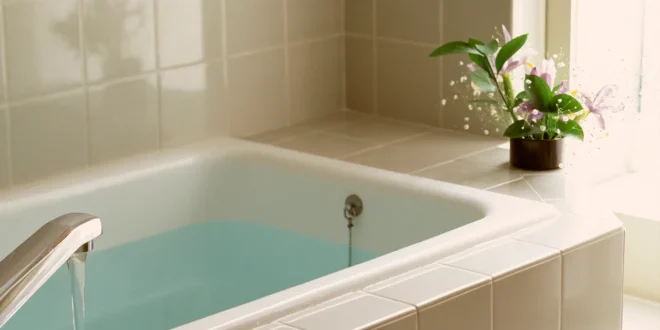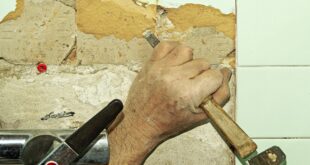Drain clogs can be a major hassle, causing slow-draining water, foul odors, and even potential water backups. Understanding how to unclog drains effectively is essential for maintaining proper plumbing functionality and avoiding inconveniences.
In this comprehensive guide, we will explore the common causes of unclogging drains, preventive measures to reduce their occurrence, and various DIY and professional methods to tackle stubborn blockages. By the end of this article, you’ll be equipped with the knowledge and techniques to handle drain clogs with ease.
Drain clogs occur when debris, grease, hair, soap residue, food particles, and foreign objects accumulate in the pipes, obstructing the water flow. Different types of drains are susceptible to clogging, including kitchen sinks, bathroom sinks, showers/bathtubs, and toilets. For instance, kitchen sinks often get clogged with food scraps and grease, while bathroom sinks and showers commonly trap hair and soap scum.
Preventing Drain Clogs
Preventing clogs is the first step to maintaining a smoothly functioning plumbing system. Here are some preventive measures you can take:
- Use drain guards ─ Place drain guards or strainers over the sink and shower drains to catch debris and prevent it from going down the drain.
- Dispose of food waste properly ─ Avoid putting large food particles, grease, or cooking oil down the kitchen sink. Use a compost bin or dispose of food waste in the trash.
- Regular cleaning routines ─ Routinely clean sink and shower drains to remove any buildup before it causes a clog.
Additional Preventive Measures
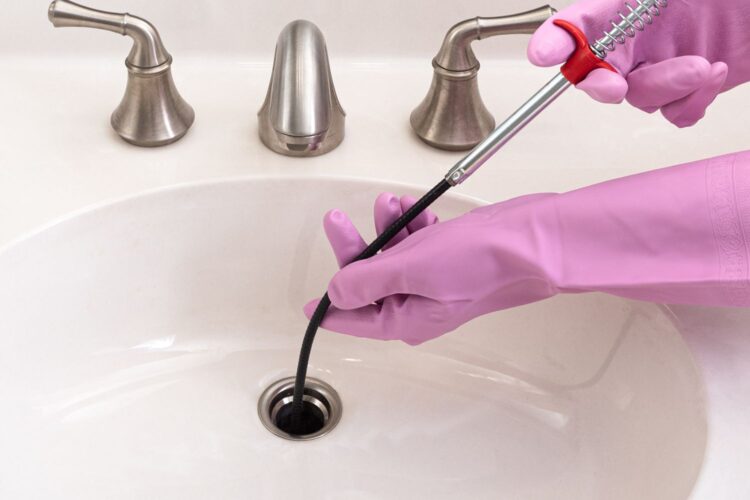
In addition to the preventive measures mentioned earlier, there are a few more steps you can take to keep your drains clear and clog-free. Avoid pouring fats, oils, and grease down the sink, as they can solidify and accumulate in the pipes, leading to stubborn blockages.
Instead, allow grease to solidify in a container, then dispose of it in the trash. Regularly clean out the strainers and drain covers to prevent debris from building up and causing potential clogs. Additionally, educate your household members about proper drain usage and the importance of being mindful of what goes down the drain.
DIY Unclogging Methods
Before reaching for chemical drain cleaners, consider these eco-friendly and effective DIY unclogging drains methods:
- Baking soda and vinegar combination ─ Pour half a cup of baking soda down the drain, followed by half a cup of white vinegar. Cover the drain with a cloth or stopper for a few minutes, then flush with hot water to dislodge the clog.
- Hot water and dish soap ─ Boil a pot of water and mix in a few tablespoons of dish soap. Pour the solution down the drain to break down grease and grime.
- Salt and baking soda mixture ─ Mix equal parts salt and baking soda, and pour the mixture down the drain. Let it sit for a few hours or overnight before flushing with hot water.
- Plunger usage ─ For sink and toilet clogs, a plunger can be highly effective. Ensure there is enough water in the sink or toilet bowl to cover the plunger’s rubber cup. Create a tight seal and plunge vigorously to dislodge the clog.
- Drain snake or auger ─ If the clog is deeper in the pipe, a drain snake or auger can help. Insert the tool into the drain and twist or push until you feel resistance, then pull back to remove the clog.
- Removal of pop-up stoppers and p-traps ─ For bathroom sinks, removing the pop-up stopper and p-trap allows you to clean accumulated debris and hair directly.
Chemical Unclogging Solutions (Caution Advised)
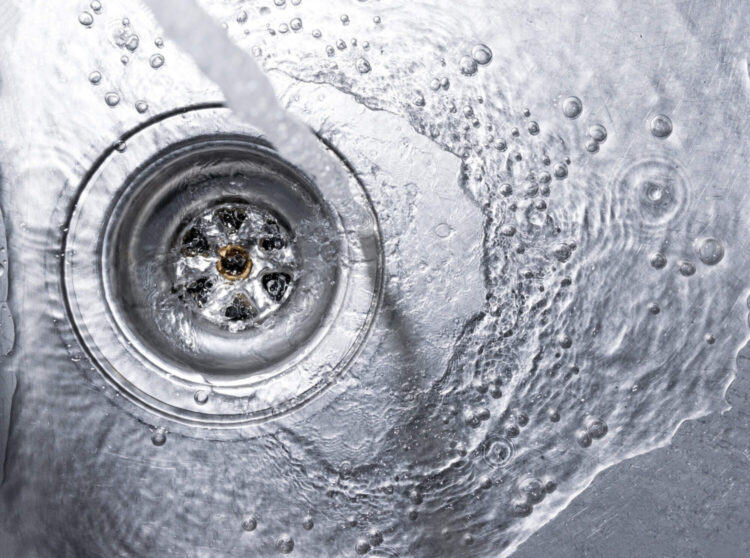
While chemical drain cleaners can be effective in breaking down clogs, they come with risks. Many commercial drain cleaners contain harsh chemicals that can damage pipes and harm the environment. If using chemical solutions, follow these safety precautions:
- Wear protective gloves and eye gear.
- Ensure proper ventilation in the area.
- Never mix different chemicals or use a plunger after applying the solution.
When DIY Methods Aren’t Enough ─ Hydro Jetting
In some cases, particularly for severely clogged drains or recurring blockages, traditional DIY methods may not be sufficient to clear the pipes entirely. This is where hydro jetting comes into play. Hydro jetting is a highly effective professional method that uses high-pressure water streams to clean out and clear obstructions in the drains and pipes.
It can remove even the most stubborn clogs, including tree roots, grease buildup, and mineral deposits. While hydro jetting requires specialized equipment and training, it is a safe and eco-friendly option for restoring the full functionality of your drains.
If you encounter persistent or severe clogs, contacting a professional plumber for hydro jetting can be the best solution to get your drains flowing smoothly again.
When to Call a Professional Plumber
While DIY methods work for most clogs, some situations may require professional assistance:
- Persistent or stubborn clogs ─ If DIY methods fail to resolve the issue, it’s time to call a professional plumber who can identify and tackle more complex blockages.
- Complex plumbing setups ─ If your home has a complex plumbing system or hard-to-reach pipes, a plumber’s expertise can be invaluable.
- Concerns about causing further damage ─ If you’re unsure about unclogging methods or fear causing additional damage to the pipes, it’s best to seek professional help.
Preventive Maintenance for Future Clog Prevention
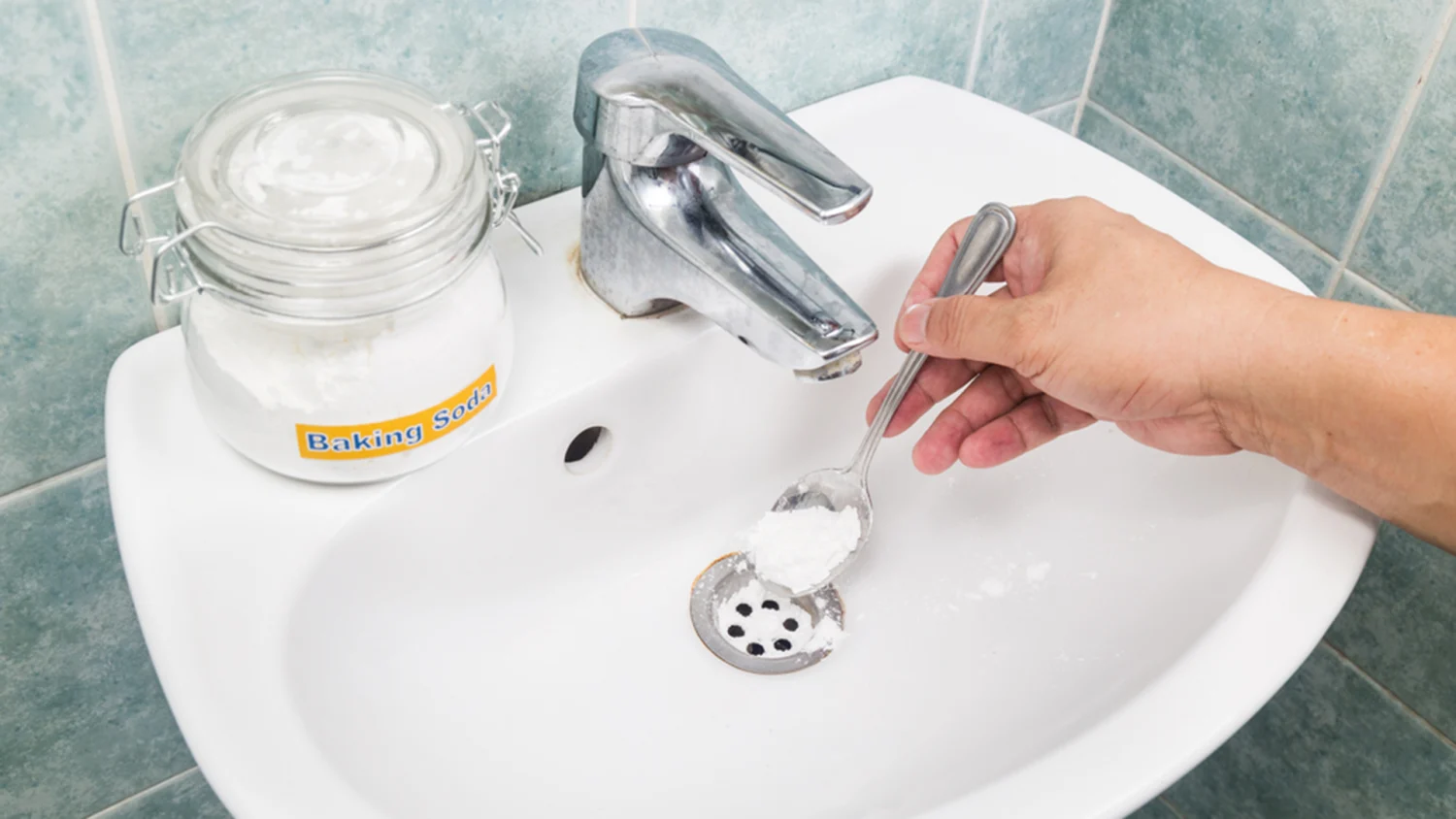
Once you’ve successfully unclogged your drains, establish a routine for regular drain maintenance:
Monthly or bi-monthly cleaning
Schedule regular drain cleaning using DIY natural solutions like baking soda and vinegar to prevent buildup.
Dispose of waste properly
Continue disposing of food waste, grease, and other debris properly to avoid future clogs.
Unclogging drains doesn’t have to be a daunting task. By understanding the causes of clogs, implementing preventive measures, and using the right DIY methods, you can keep your drains flowing smoothly.
Remember to use chemical solutions with caution and seek professional assistance when needed. With this guide in hand, you’ll be ready to tackle drain drama with ease and maintain a functional plumbing system in your home.
 Hi Boox Popular Magazine 2024
Hi Boox Popular Magazine 2024
